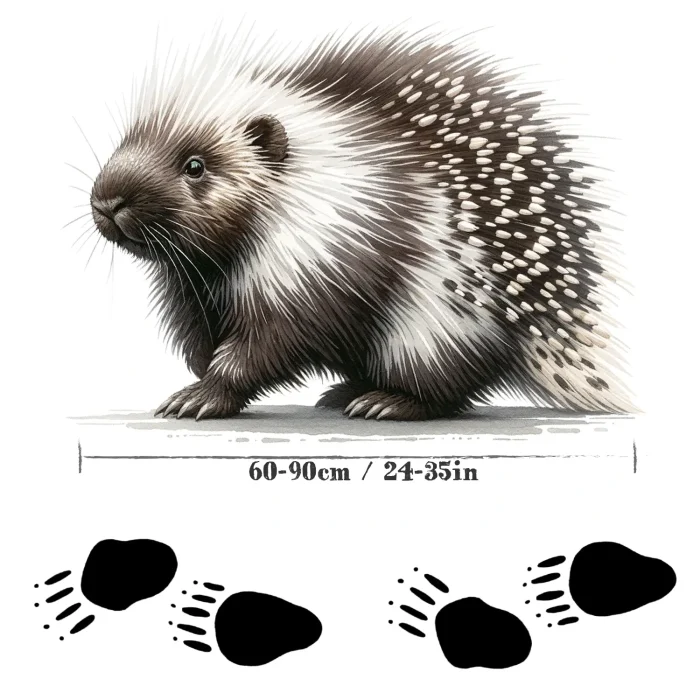

North American Porcupine
Quill Pig, Canadian Porcupine, Common Porcupine
Erethizon dorsatum
This page may contain affiliate links.
Read our disclosure and privacy policy here.
In the forests of North America, there’s a creature who’s both a prickly pal and a climbing champ. Meet the North American Porcupine, one of the largest rodents you’ll find wandering from the woods of Canada to the deserts of Mexico. With its chunky body covered in sharp quills, this slow-moving animal might look like a pin cushion on legs, but it’s actually a gentle giant of the tree tops. Porcupines are known for their love of solitude and their impressive climbing skills, thanks to their strong claws and muscular tails. They spend their days lounging high in trees or lumbering on the forest floor at a pace that reminds us to take it easy.
North American Porcupine

There’s a lot to explore right where we are, in our own neighborhoods and backyards! Join us while we get off the couch and explore the everyday wonders of nature, science, space, engineering, art, and anything else we stumble upon during on our adventures.







